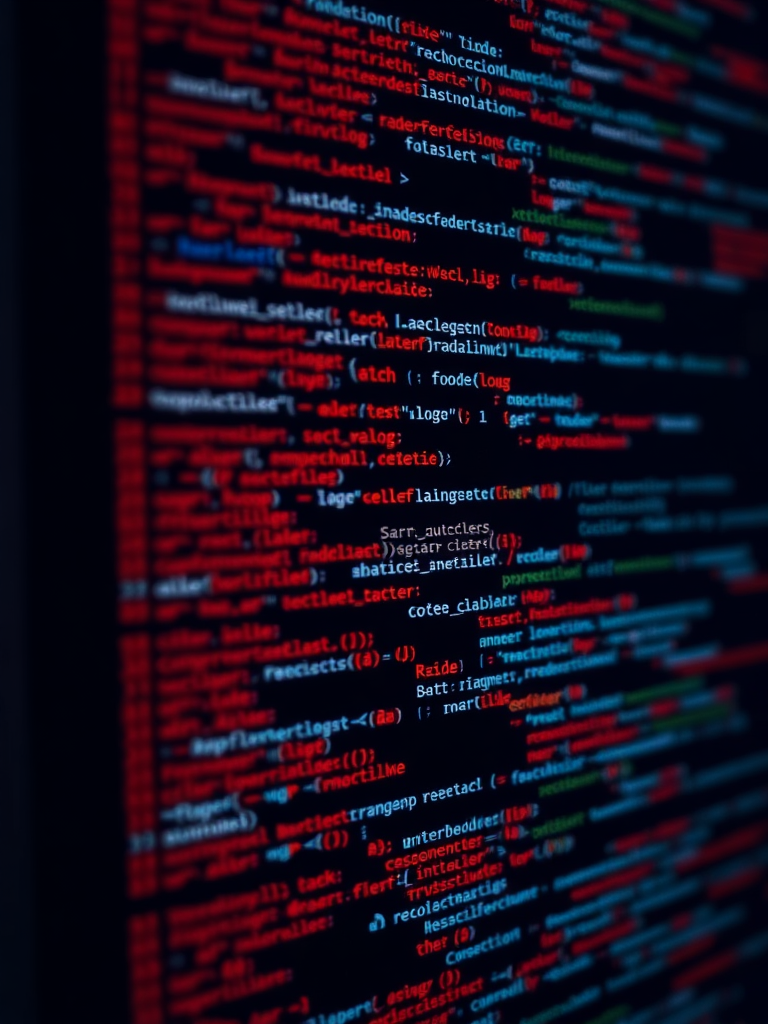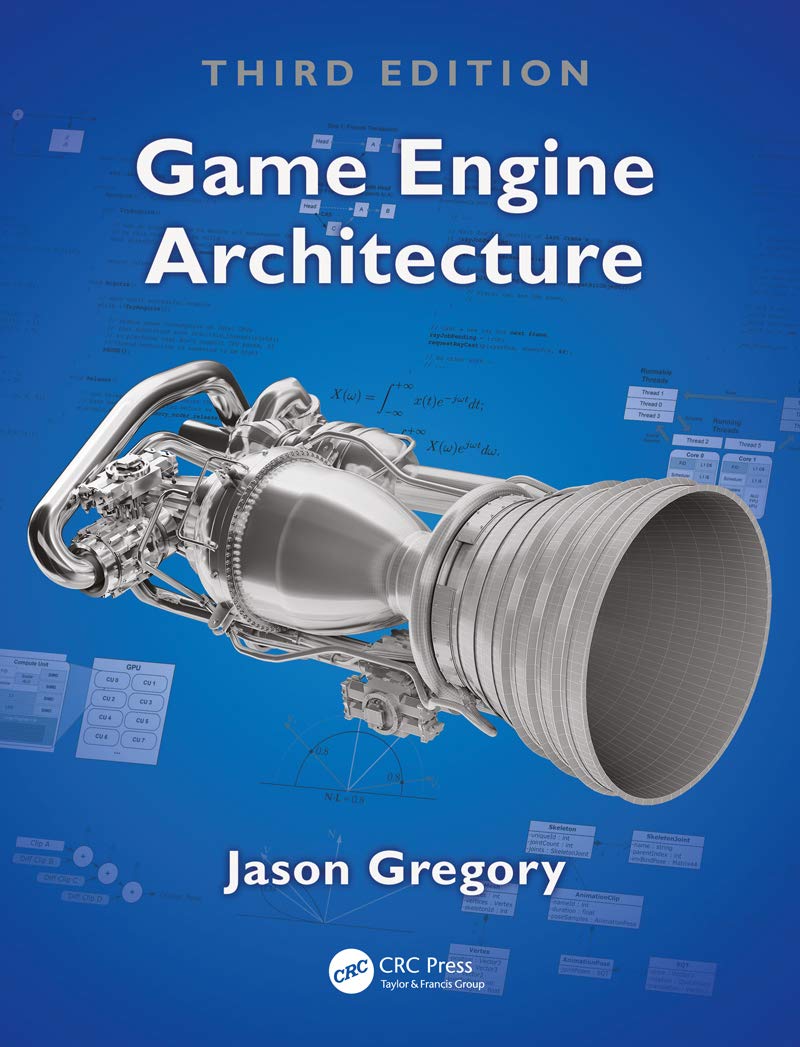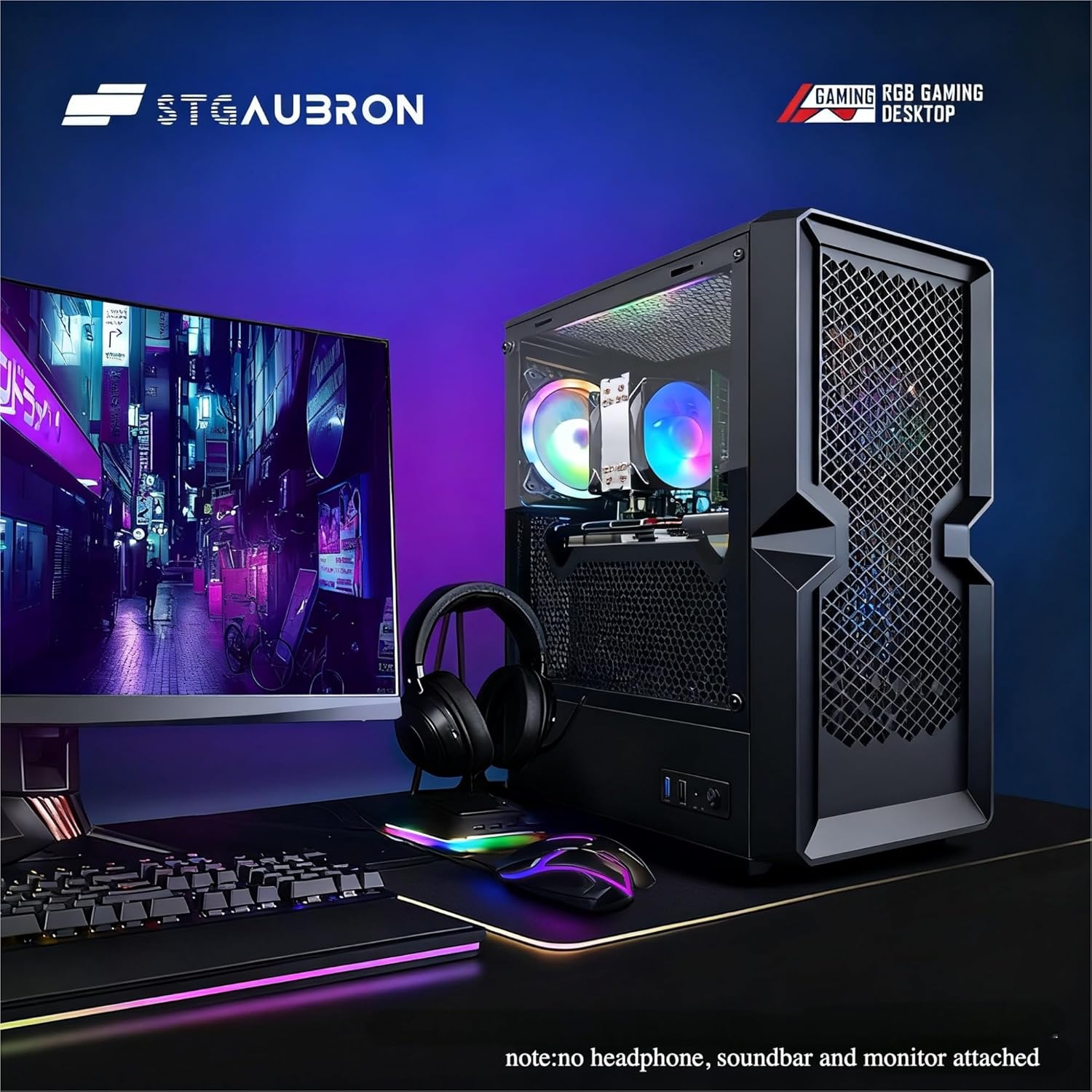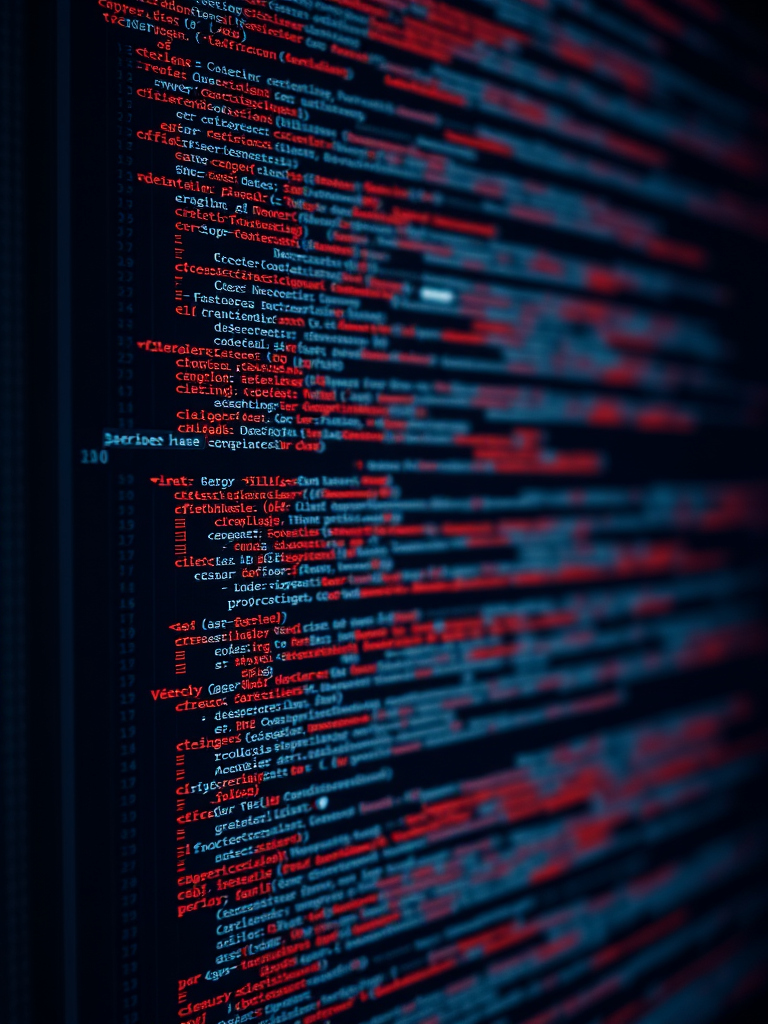Creating Stunning Code Wallpaper Programming Designs

Creating personalized wallpapers can be an exciting and rewarding way to express your passion for programming. In this guide, we’ll show you how to create seven stunning code wallpaper programming designs using simple tools and techniques. Whether you’re a seasoned developer or a coding novice, you can easily create wallpapers that reflect your unique style and inspire your coding journey.
Understanding the Basics of Code Wallpaper Programming
A code wallpaper is a digital wallpaper that features programming code, algorithms, or coding-related imagery. These wallpapers can be customized to include your favorite programming languages, code snippets, or even your own projects. The key to creating an engaging code wallpaper is to balance aesthetics with functionality, ensuring that the design is visually appealing while also being meaningful to you.
Tools and Resources You’ll Need
Before diving into the design process, gather the necessary tools and resources:
- Text Editor or IDE: Choose a text editor or integrated development environment (IDE) that you’re comfortable with, such as Visual Studio Code, Sublime Text, or Atom.
- Graphics Software: Use graphic design software like Adobe Photoshop, GIMP, or Canva to create and edit your wallpaper.
- Code Snippets: Collect code snippets from your favorite projects or languages. You can also find inspiration from open-source repositories or coding forums.
- Color Palettes: Select a color scheme that complements your code and overall design. Websites like Coolors or Adobe Color can help you generate harmonious color palettes.
- Fonts: Choose fonts that are both readable and visually appealing. Monospaced fonts like Fira Code or Source Code Pro are popular choices for code wallpapers.
Step-by-Step Guide to Creating Your Code Wallpaper
Follow these steps to create your own code wallpaper:
- Choose Your Code: Select the code snippets you want to feature in your wallpaper. This could be a snippet from a recent project, a favorite algorithm, or even a “Hello, World!” program.
- Set Up Your Canvas: Open your graphics software and create a new canvas with the dimensions of your screen resolution (e.g., 1920×1080 pixels).
- Add Your Code: Copy and paste your code into the canvas. Adjust the font size, color, and spacing to ensure readability.
- Customize the Design: Experiment with different backgrounds, gradients, or images to enhance the visual appeal of your wallpaper. You can also add decorative elements like icons or illustrations related to programming.
- Finalize and Save: Once you’re satisfied with the design, save your wallpaper in a high-resolution format (e.g., PNG or JPEG) and set it as your desktop background.
Tips for Creating Engaging Code Wallpapers
- Keep It Simple: Avoid cluttering your wallpaper with too much code or too many design elements. A clean and minimalist design is often more effective.
- Use Meaningful Code: Choose code snippets that have personal significance or represent your coding journey.
- Experiment with Layouts: Try different arrangements of code and design elements to find the most visually appealing composition.
- Get Feedback: Share your designs with friends or online communities to get feedback and suggestions for improvement.
Conclusion
Creating your own code wallpaper programming designs is a fun and creative way to personalize your workspace and showcase your passion for coding. By following the steps outlined in this guide and experimenting with different design elements, you can create stunning wallpapers that inspire you every time you sit down to code.
For more inspiration and resources, check out our Game Design & Art section.
FAQs
- What is a code wallpaper?
A code wallpaper is a digital wallpaper that features programming code, algorithms, or coding-related imagery. - What tools do I need to create a code wallpaper?
You’ll need a text editor or IDE, graphics software, code snippets, color palettes, and fonts. - How do I choose the right code for my wallpaper?
Select code snippets that are meaningful to you, such as snippets from your favorite projects or languages. - Can I use images in my code wallpaper?
Yes, you can incorporate images, gradients, or other design elements to enhance the visual appeal of your wallpaper. - Where can I find inspiration for my code wallpaper?
Look for inspiration in open-source repositories, coding forums, or by browsing existing code wallpapers online.
For more detailed tutorials and resources, visit our Game Design & Art section.

Game Engine Architecture
In this new and improved third edition of the highly popular Game Engine Architecture,

STGAubron Gaming PC Desktop
STGAubron Gaming PC Desktop Computer, Intel Core i5 up to 3.6G, Radeon RX 590 8G, 16GB RAM, 1TB SSD, 600M WiFi, BT 5.0, RGB Fan x3, Windows 11 Home
Make Your First 2D Game in Unity
Want to build your first game but don’t know where to start? This beginner-friendly guide shows you how to create SampleGame2D — a fun Flappy Bird–style project — step by step in Unity. Inside you’ll learn:

AULA F99 Wireless Mechanical Gaming Keyboard
AULA F99 Wireless Mechanical Keyboard,Tri-Mode BT5.0/2.4GHz/USB-C Hot Swappable Custom Keyboard,Pre-lubed Linear Switches,RGB Backlit Computer Gaming Keyboards for PC/Tablet/PS/Xbox
Articles
- Game Development Degree vs Self-Learning: Best Path in 2024
- Introducing Technology to Kids with Printable Algorithm Games
- The Ultimate Guide to the Game Developers Conference (GDC): Everything Developers Need to Know
- How to Write Clean and Efficient Code in GDScript (godot gdscript)
- How to Cloud Game on iPhone

